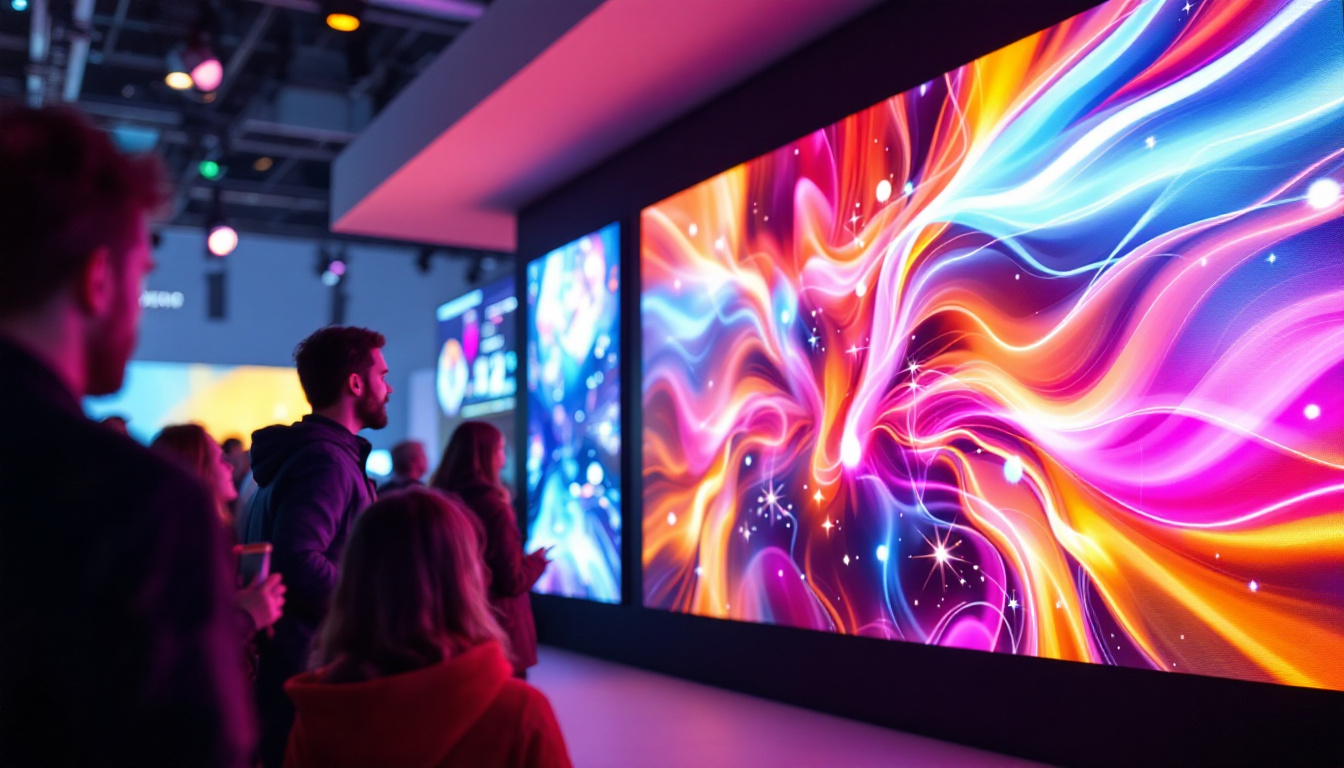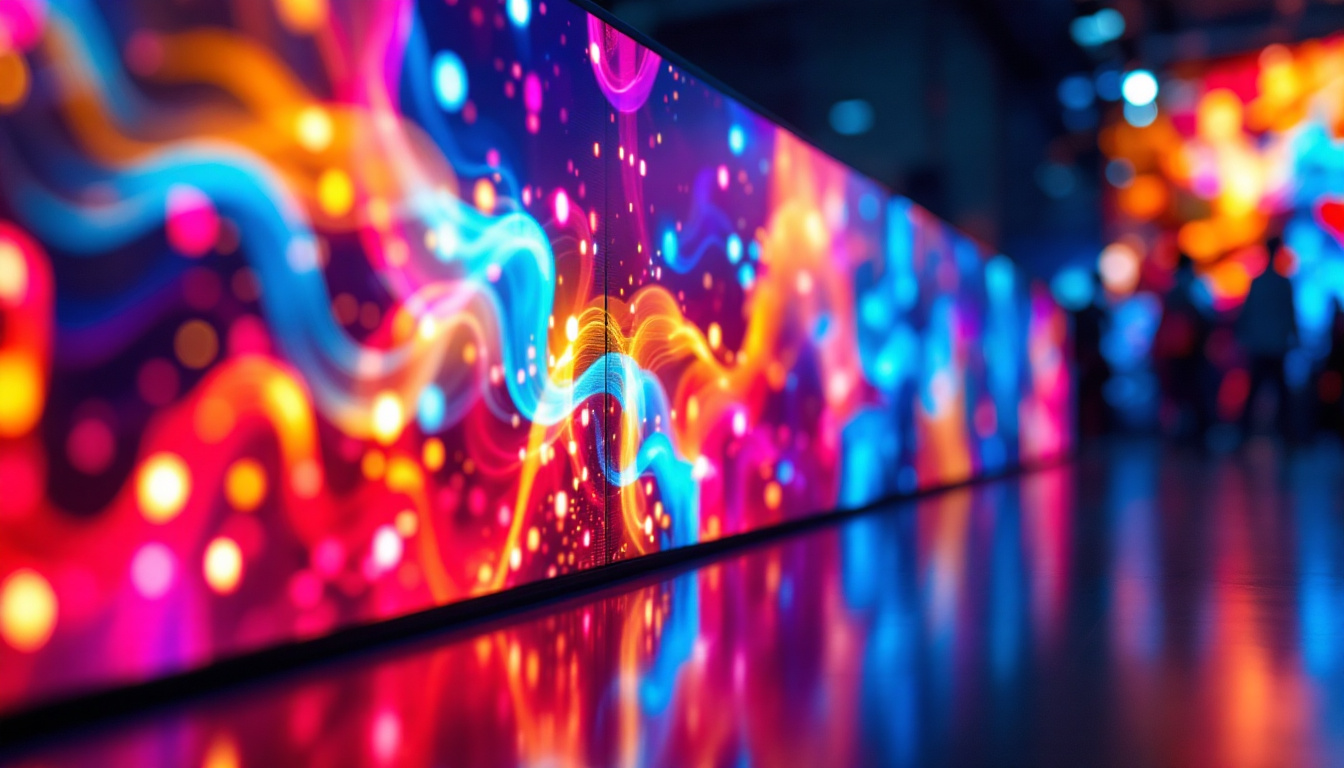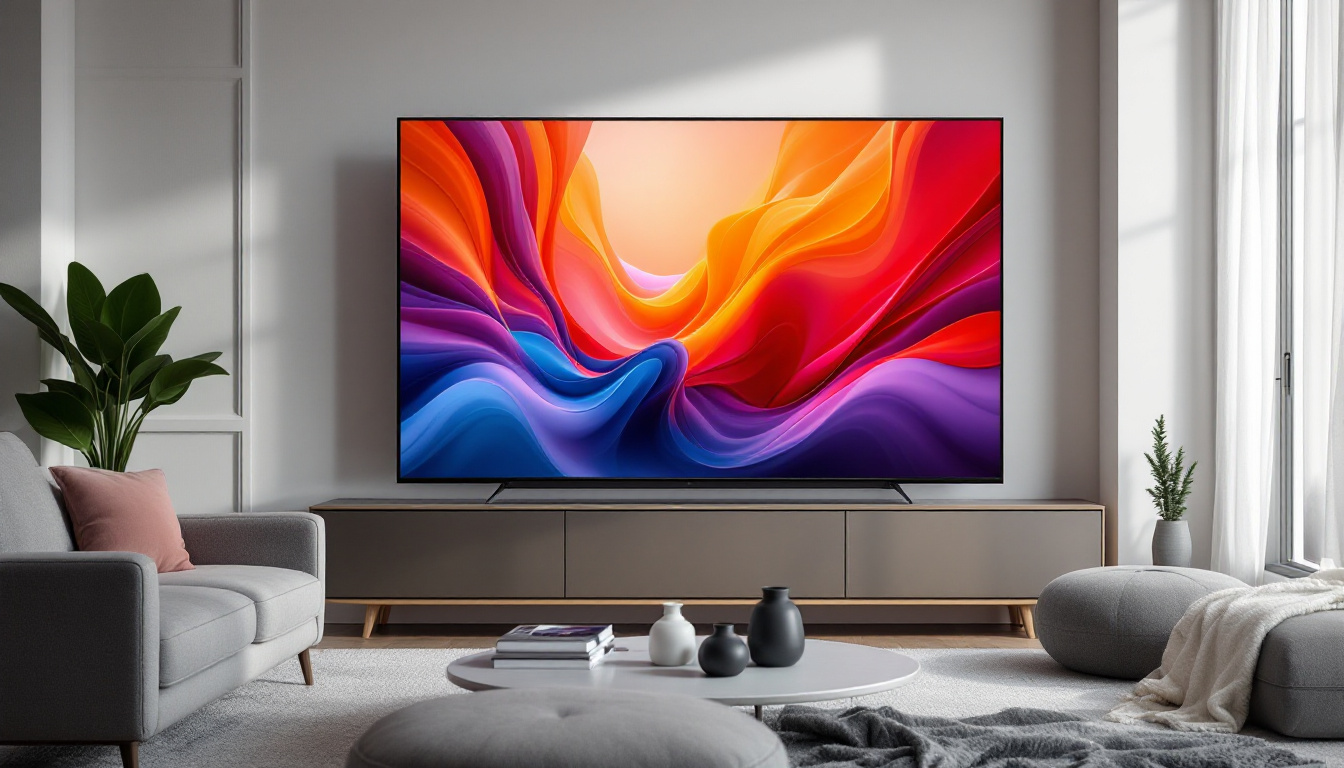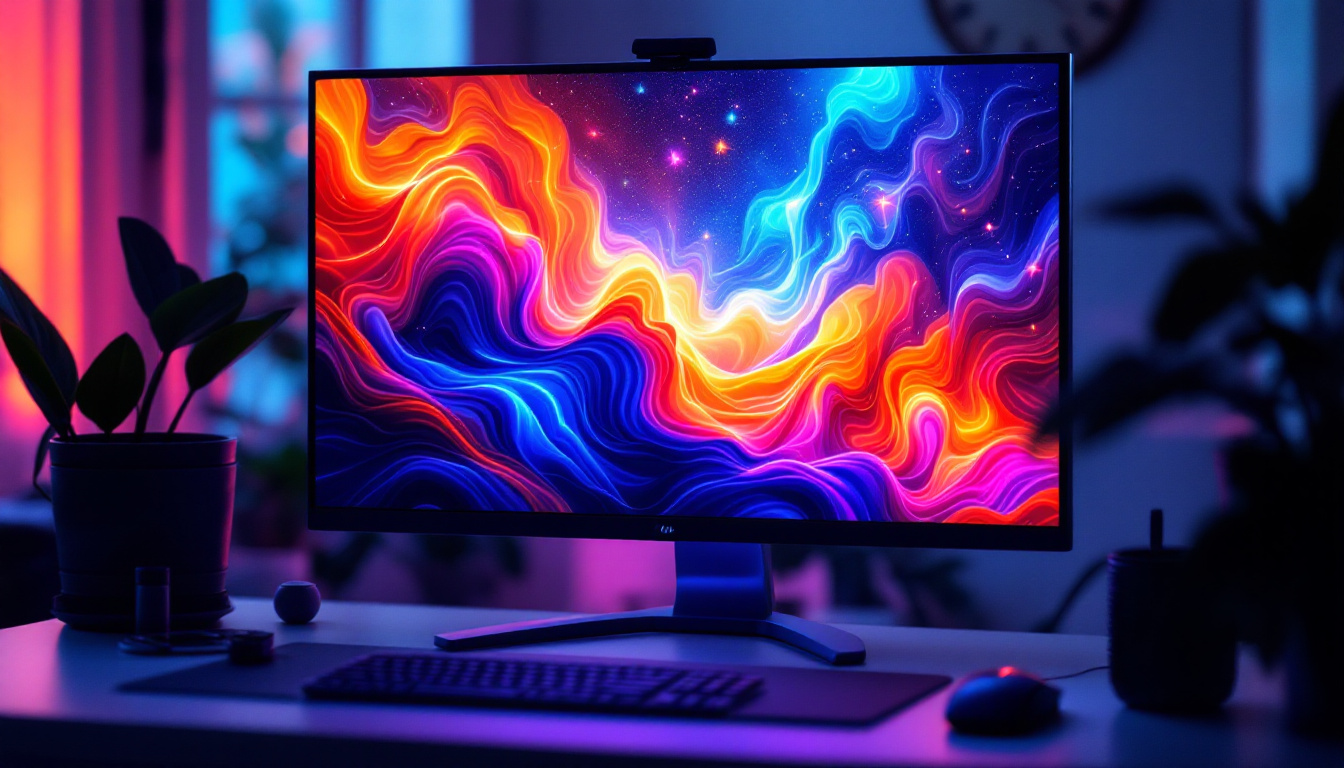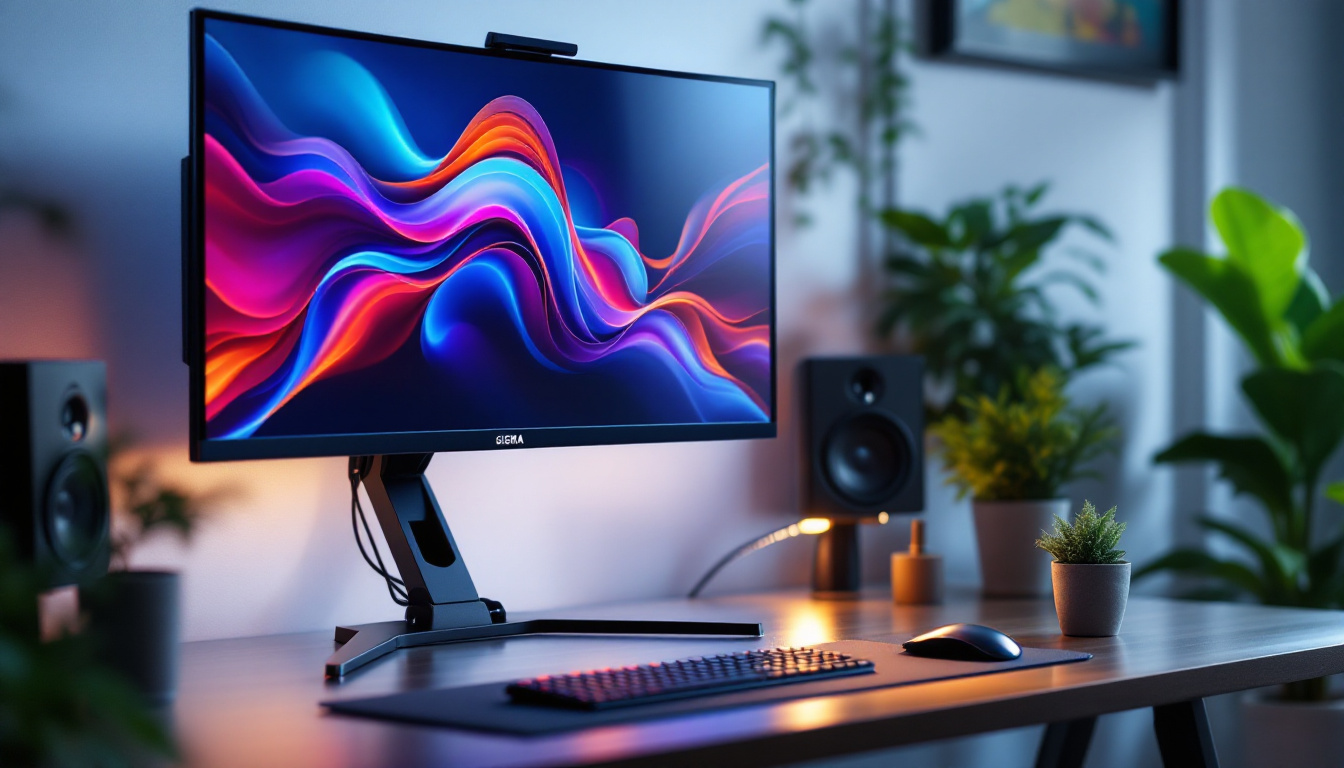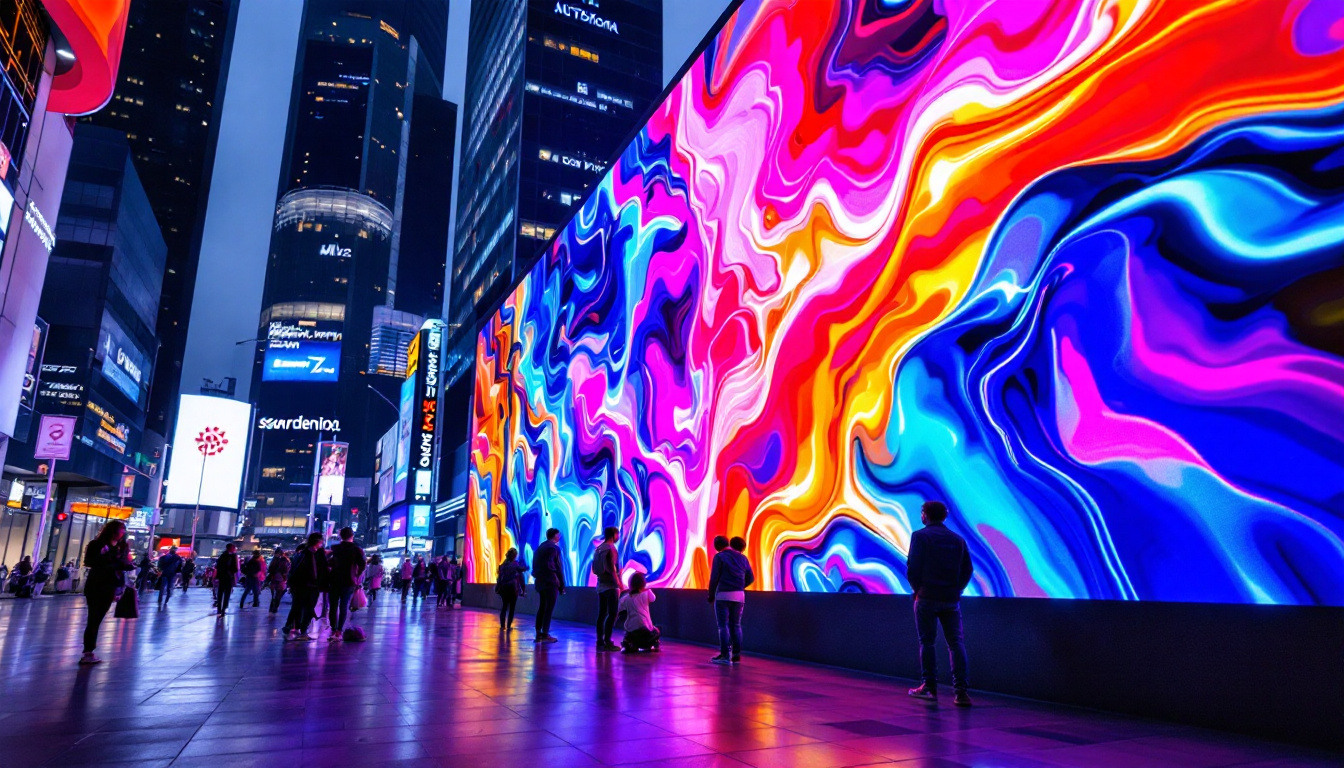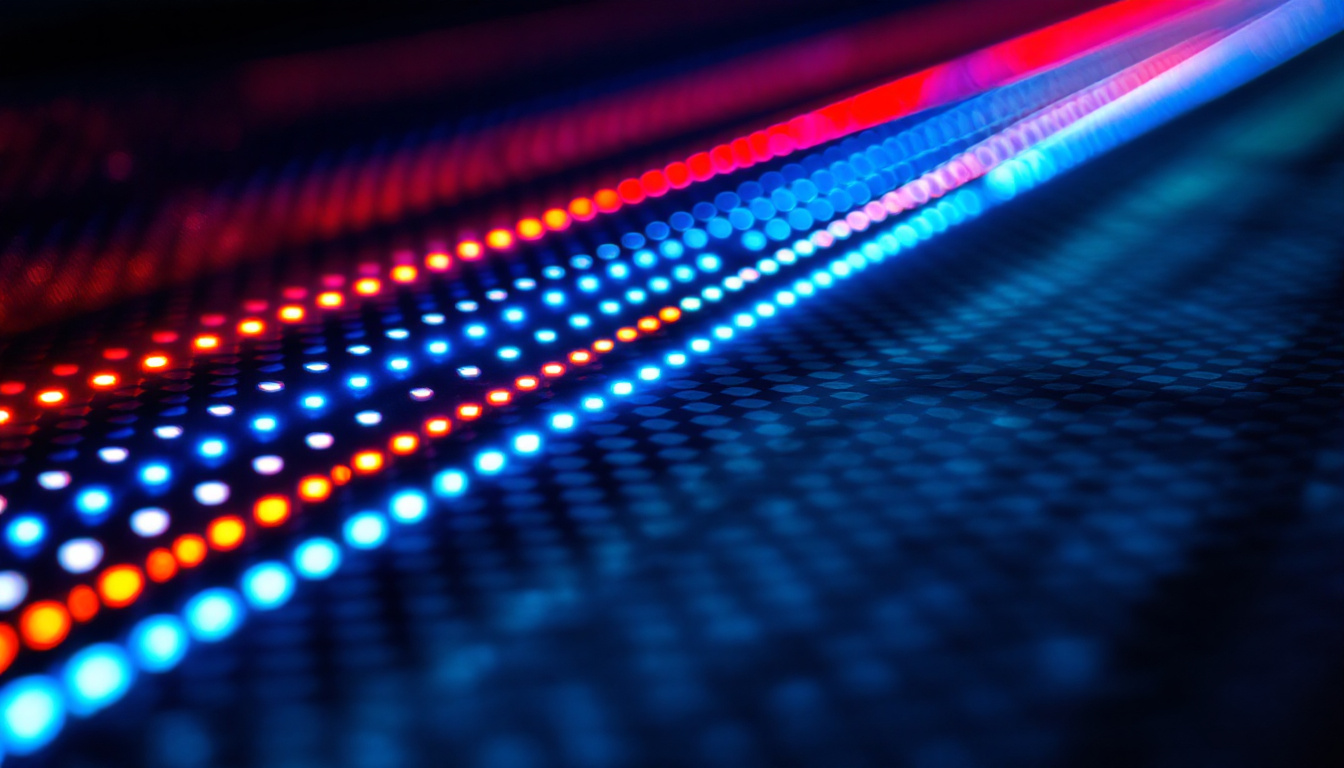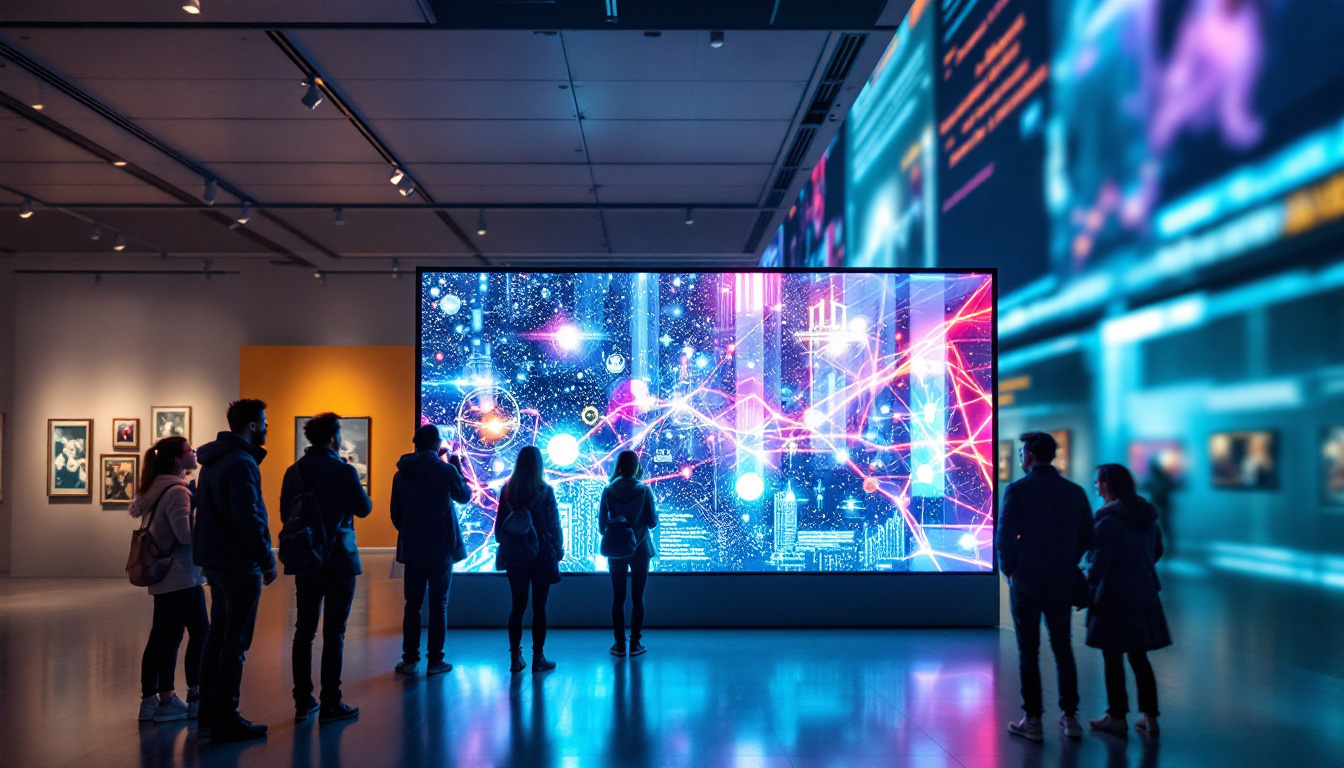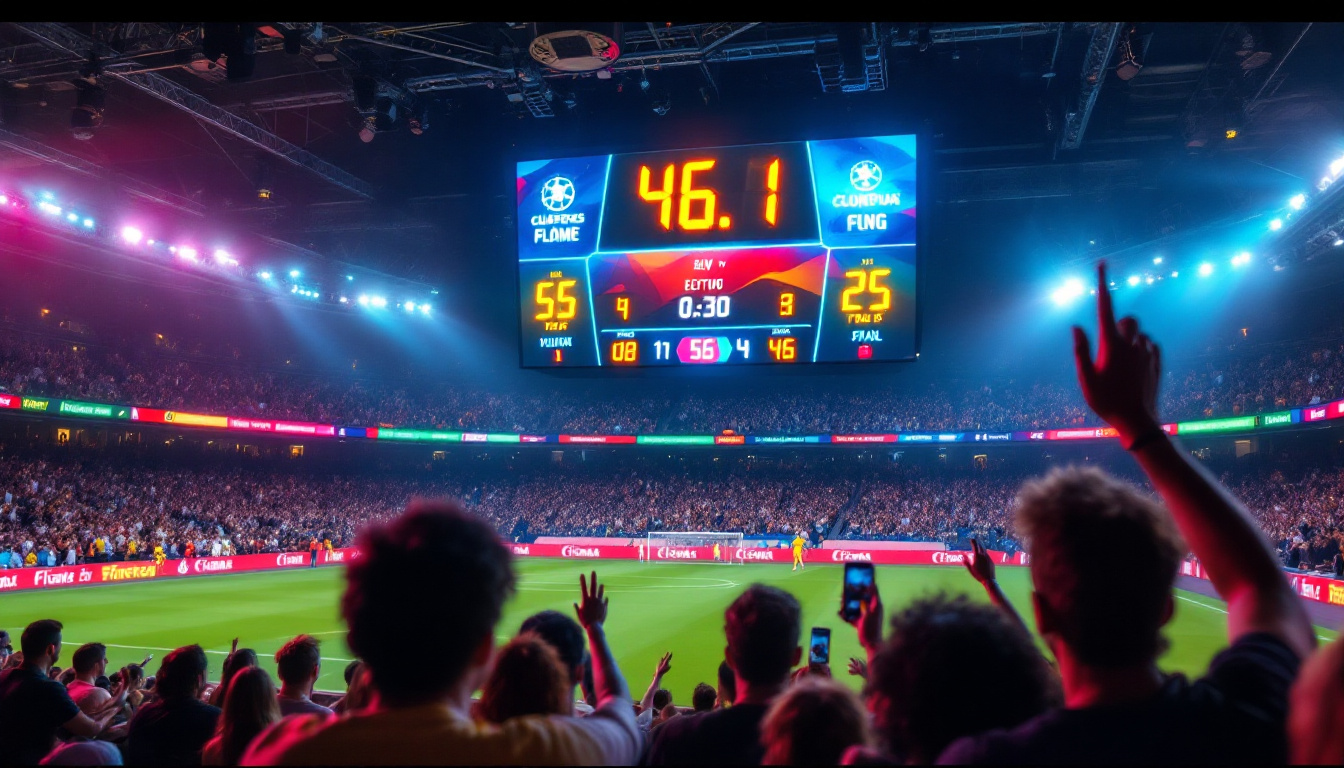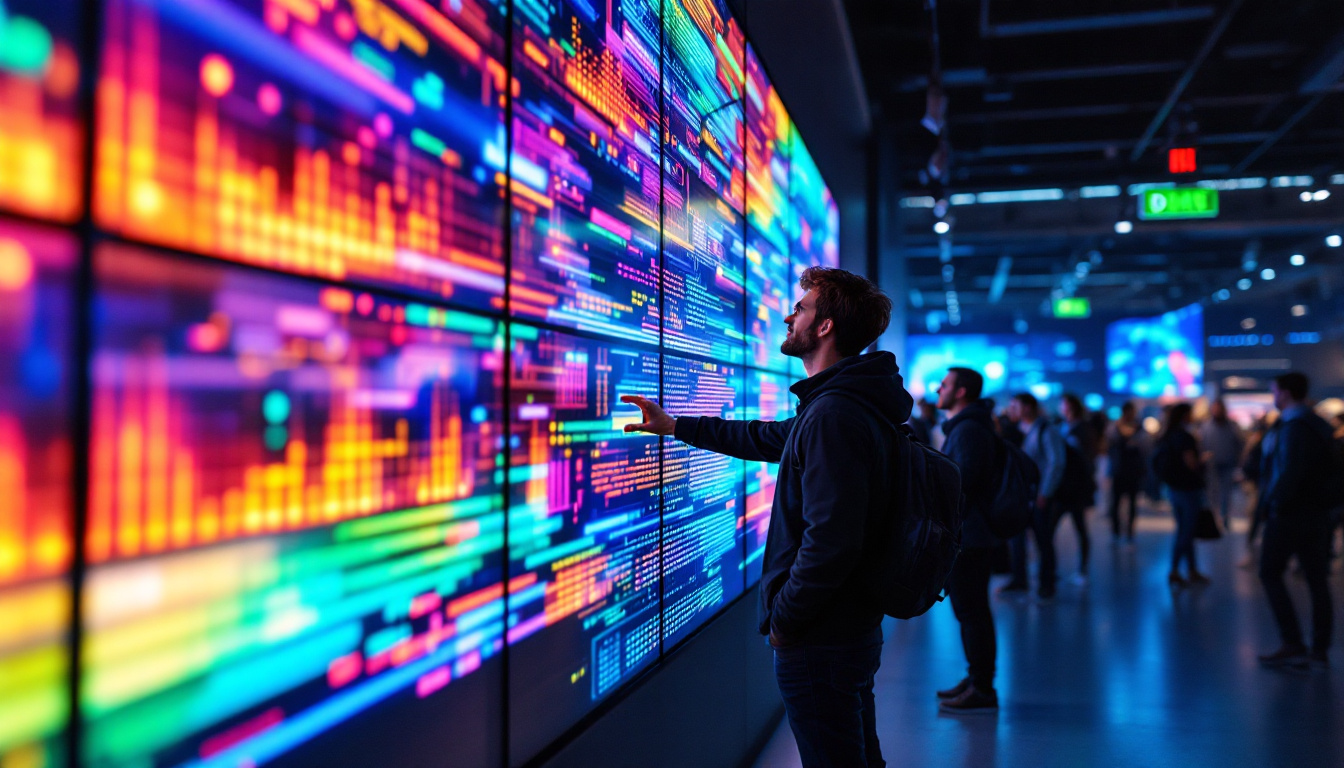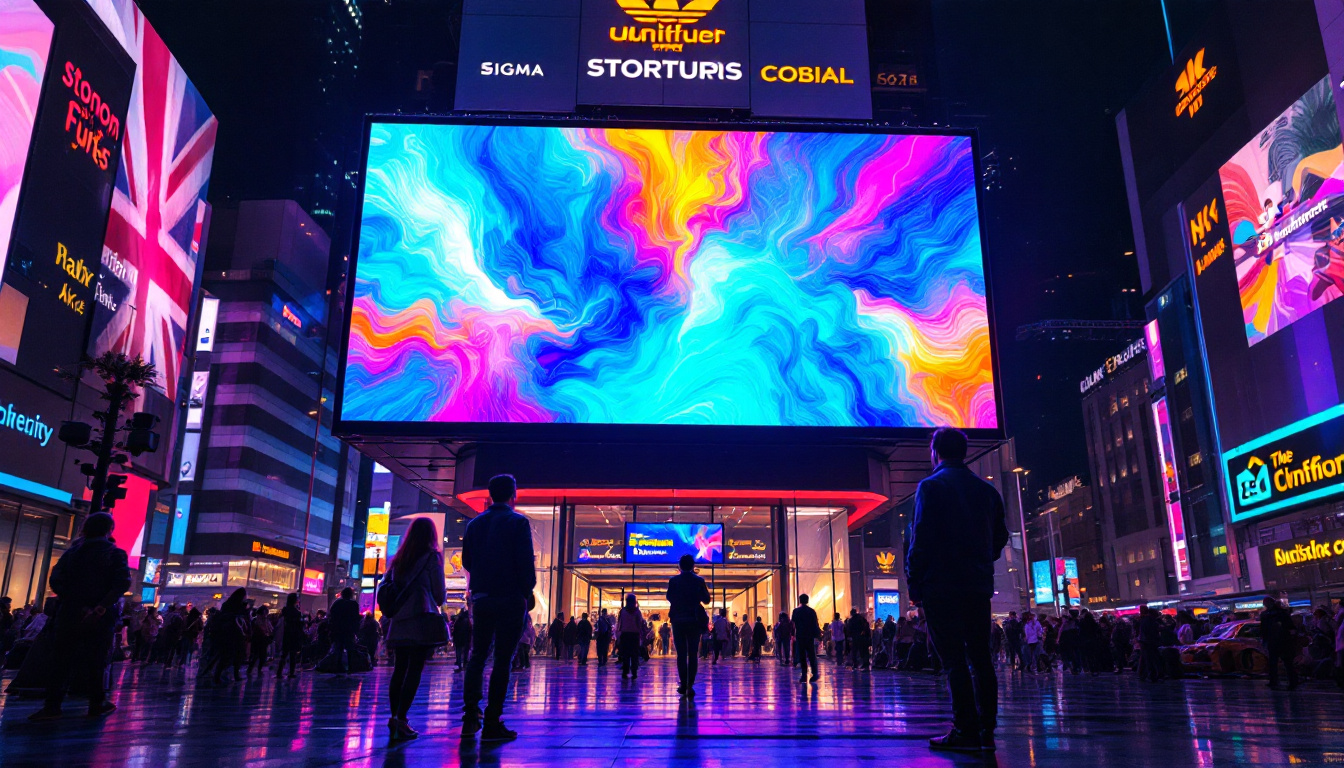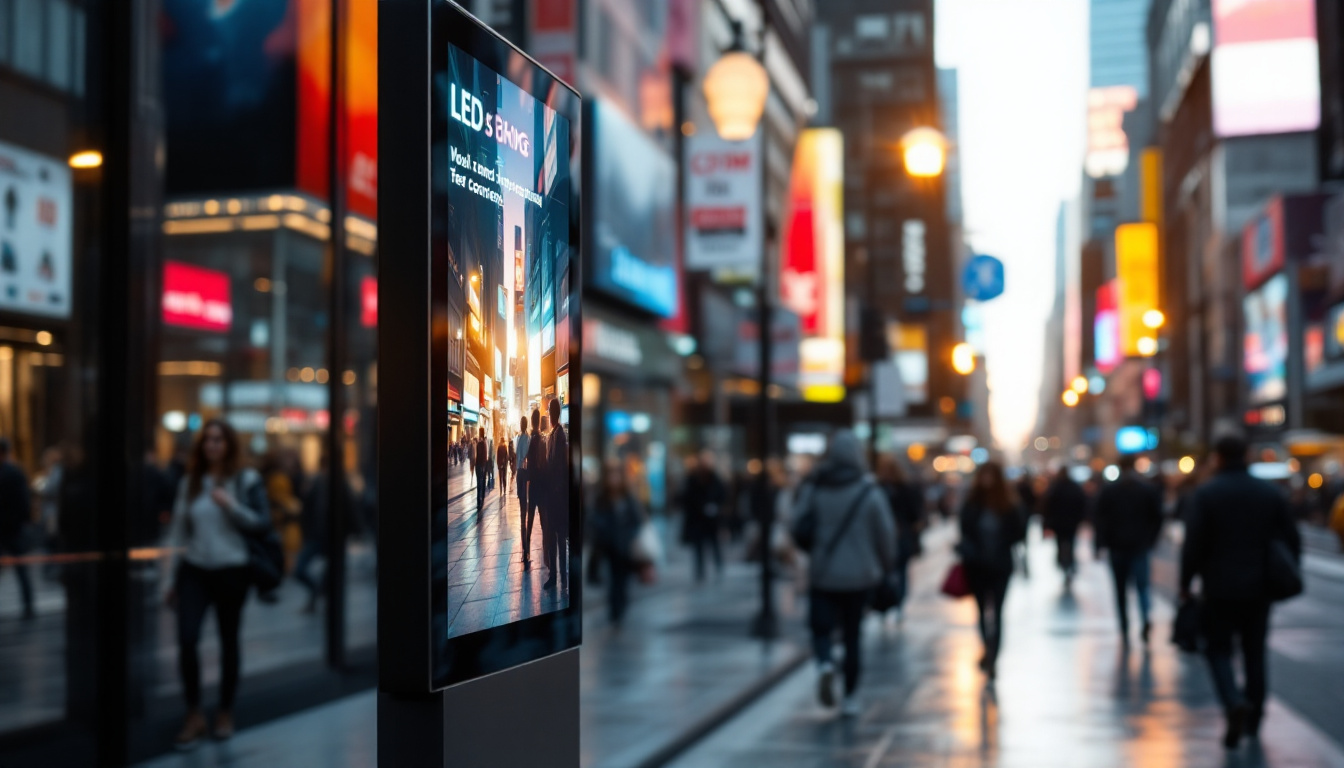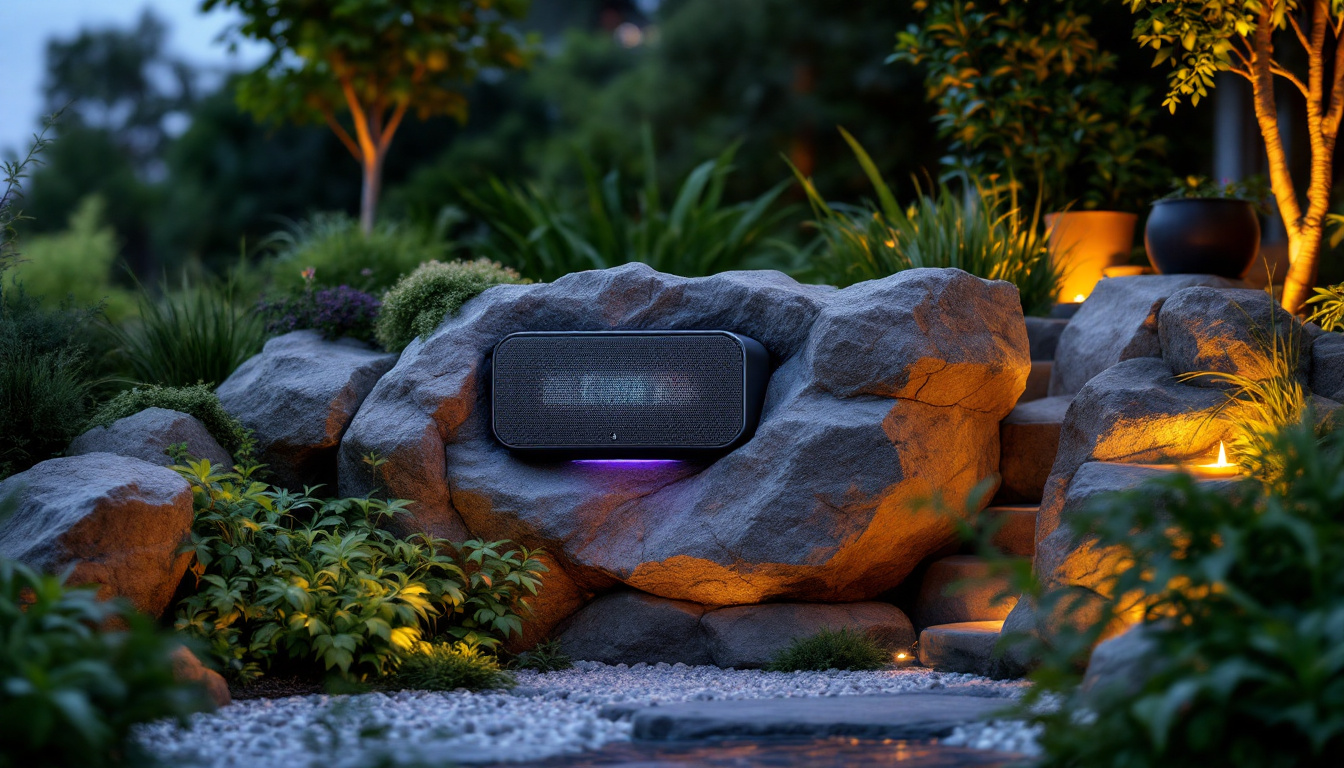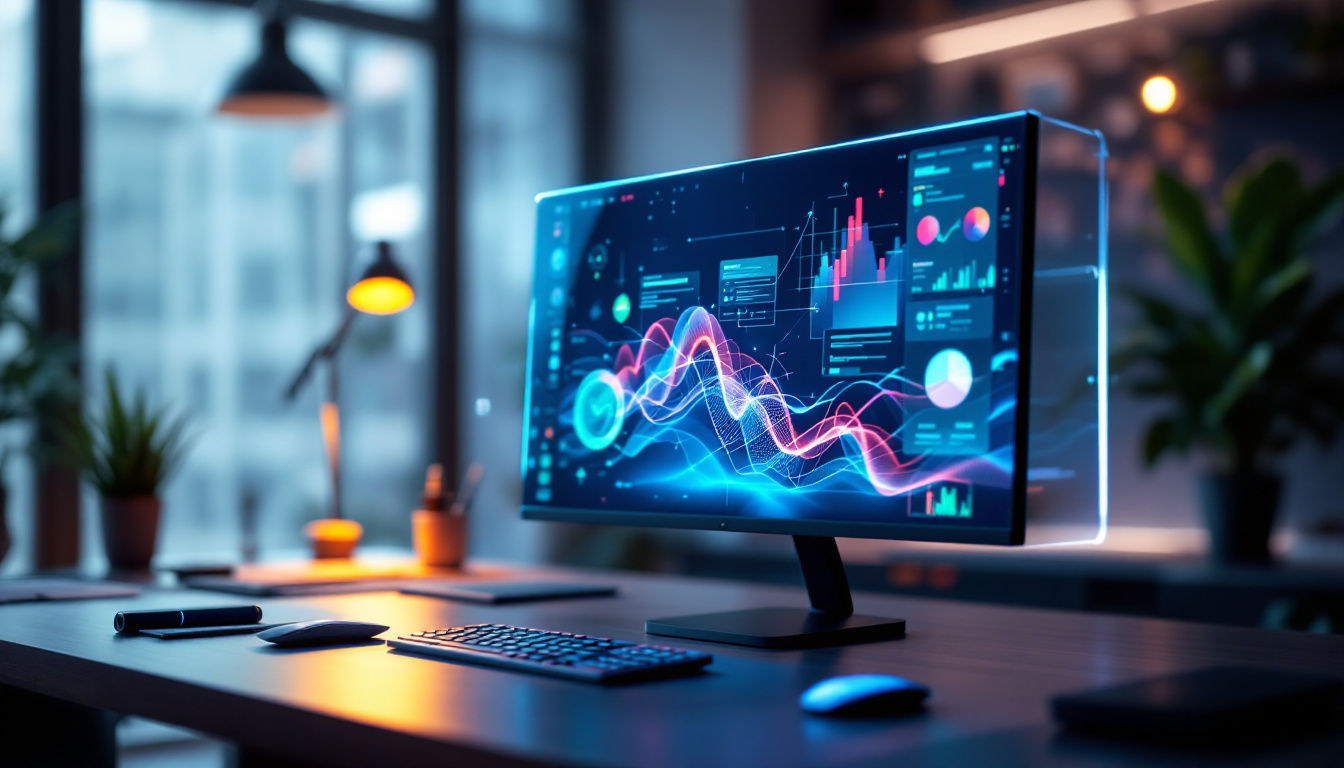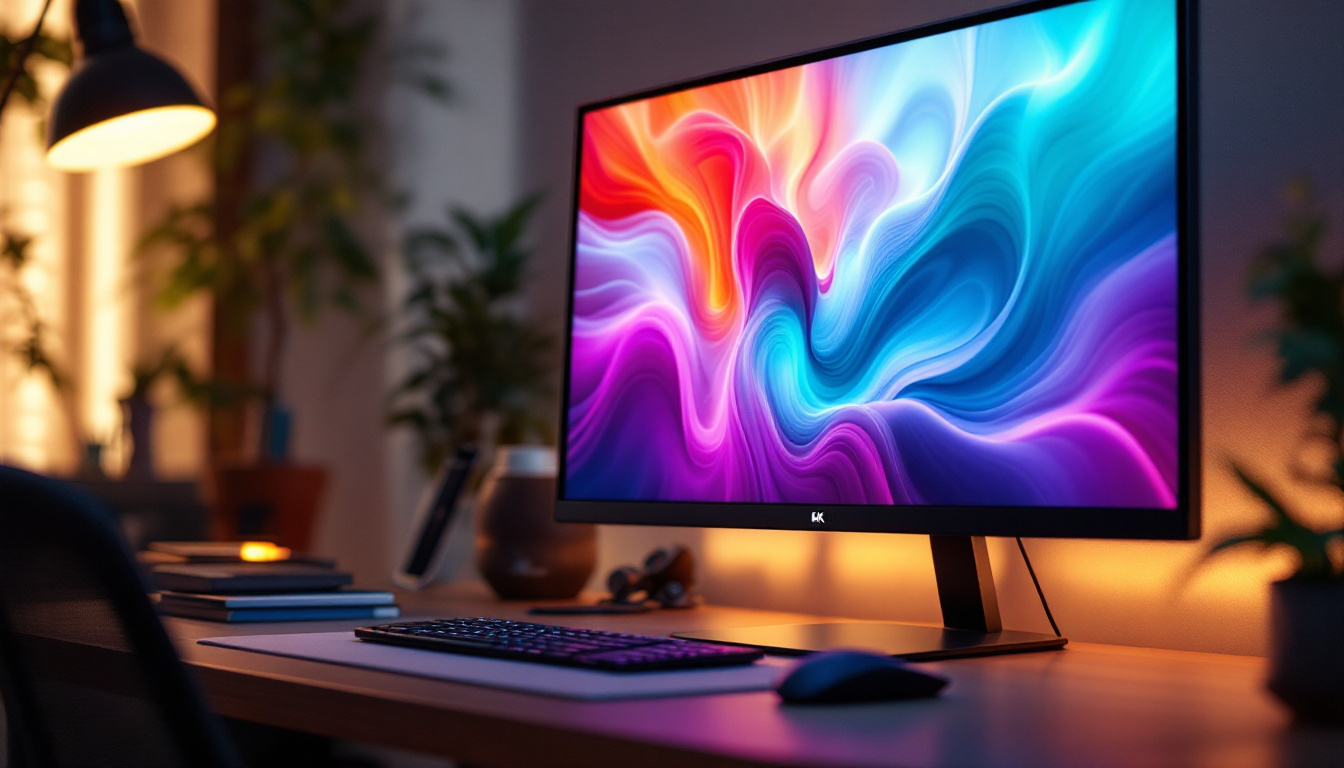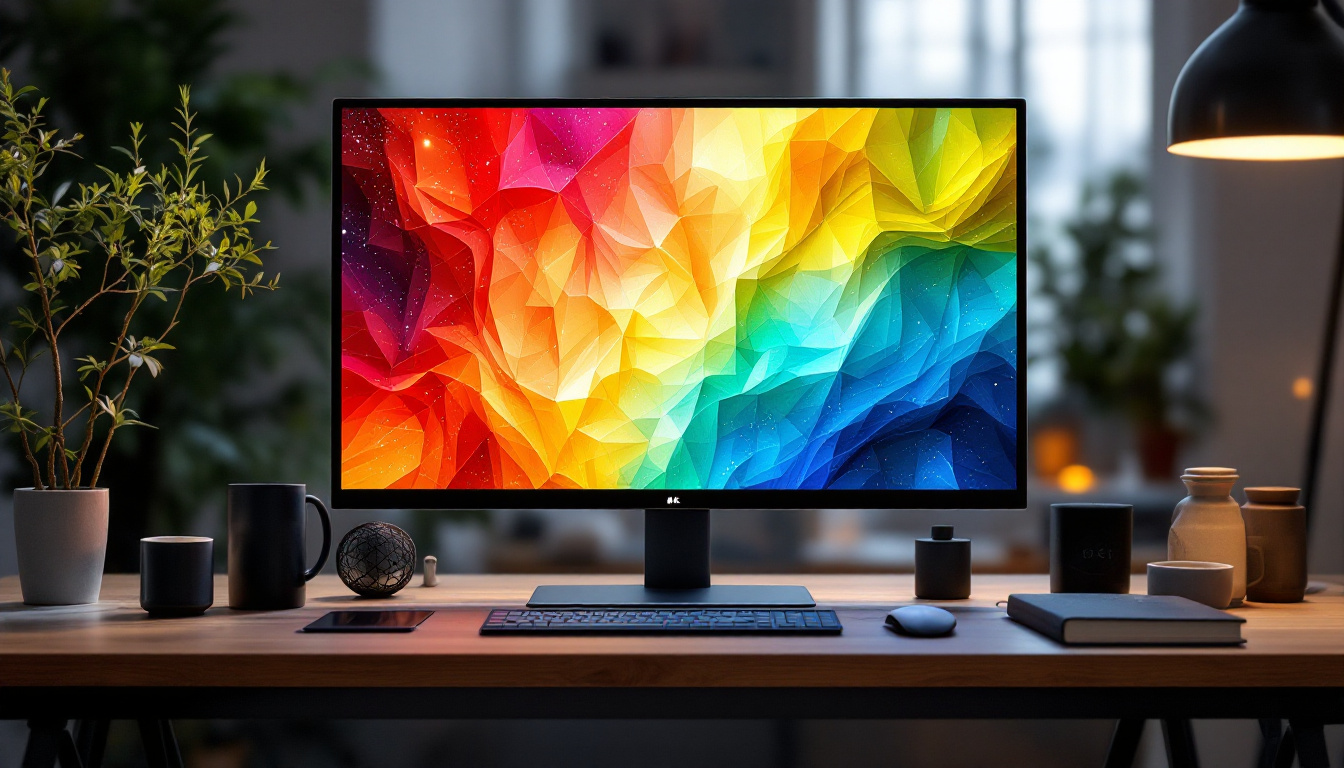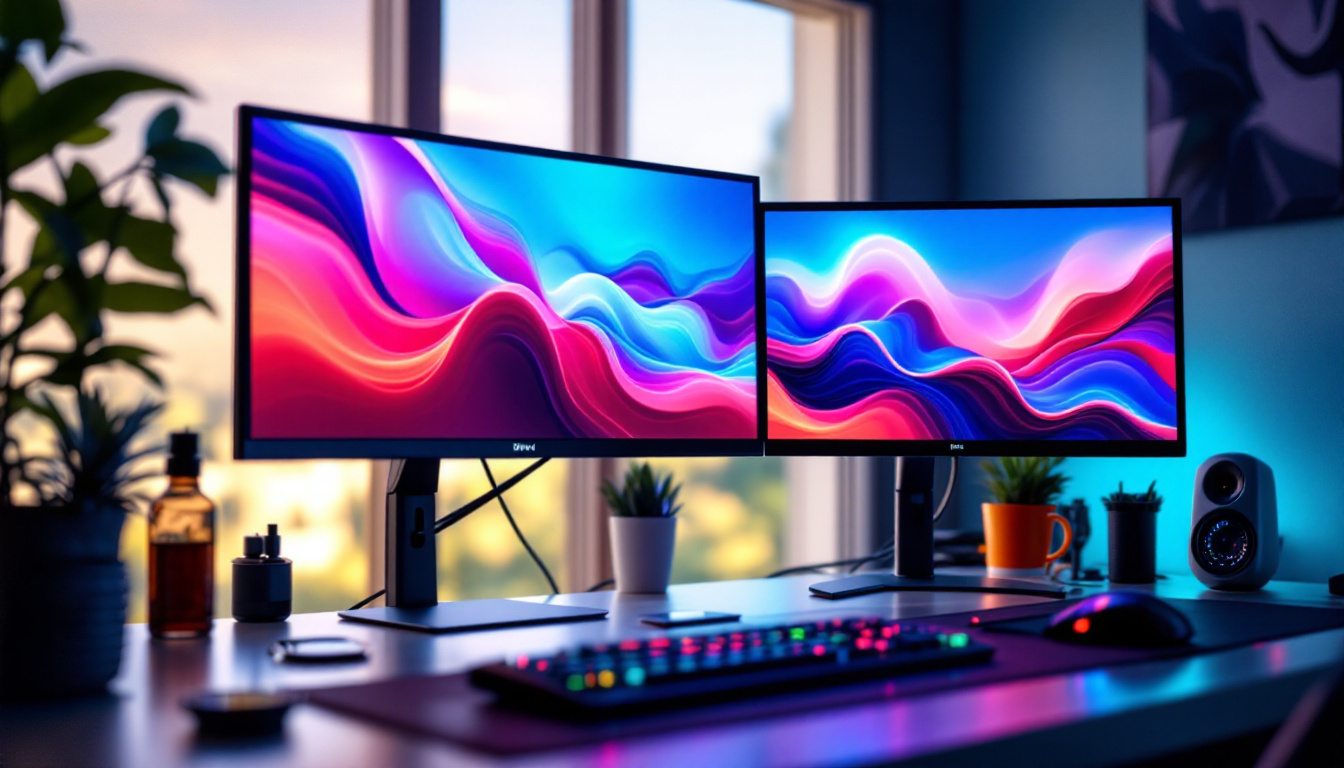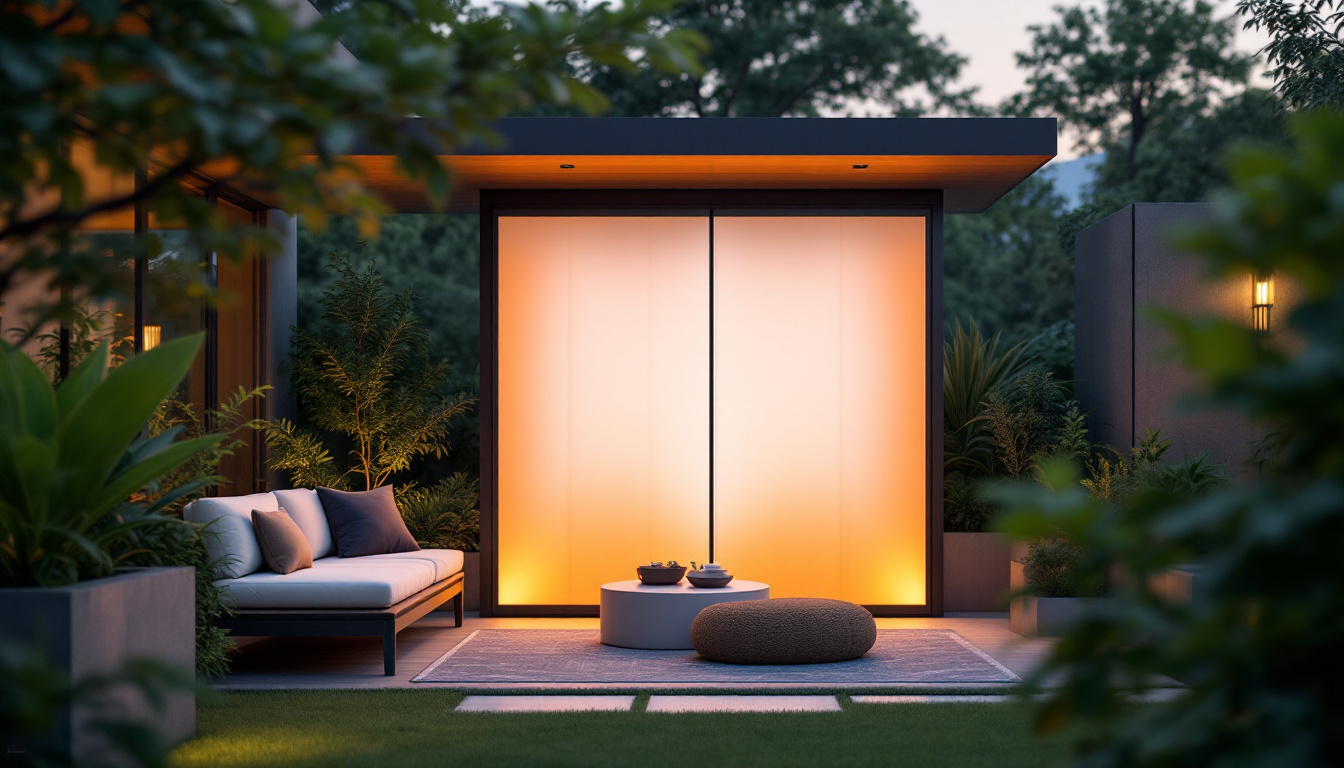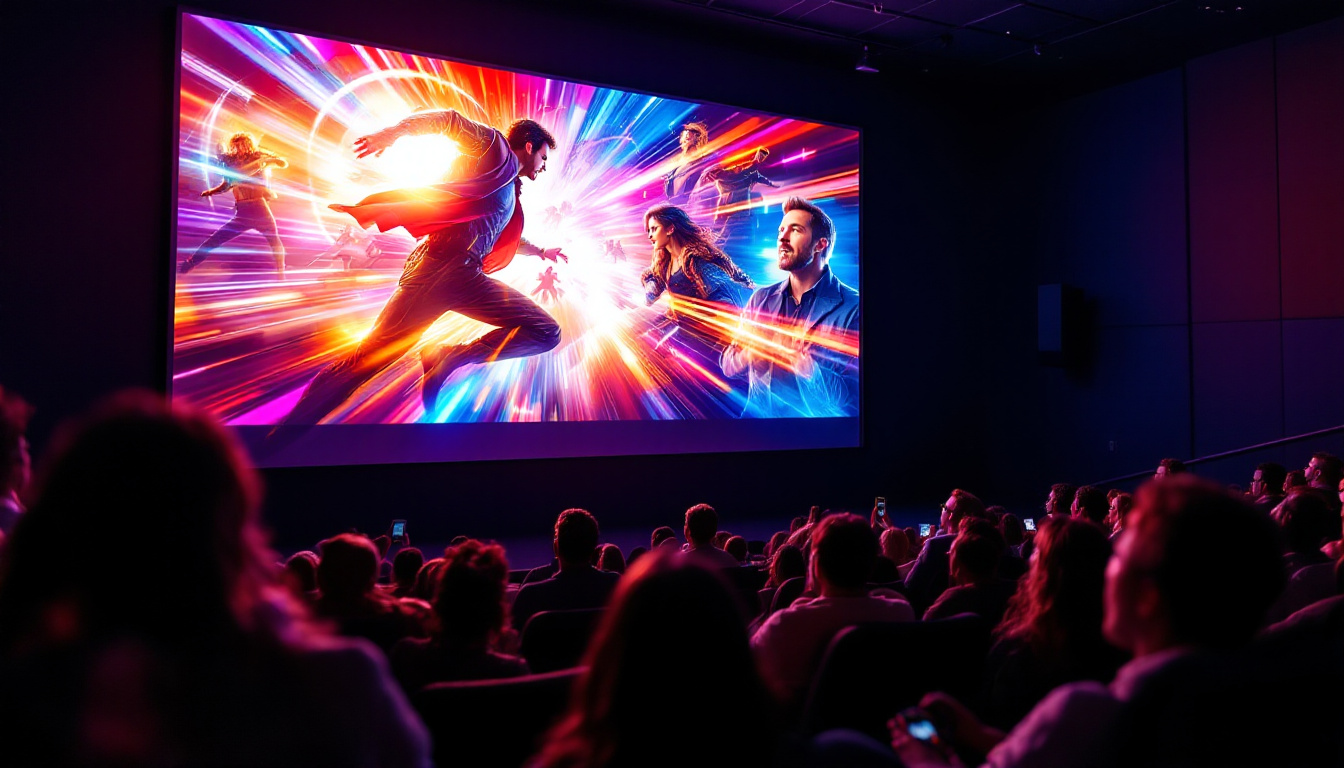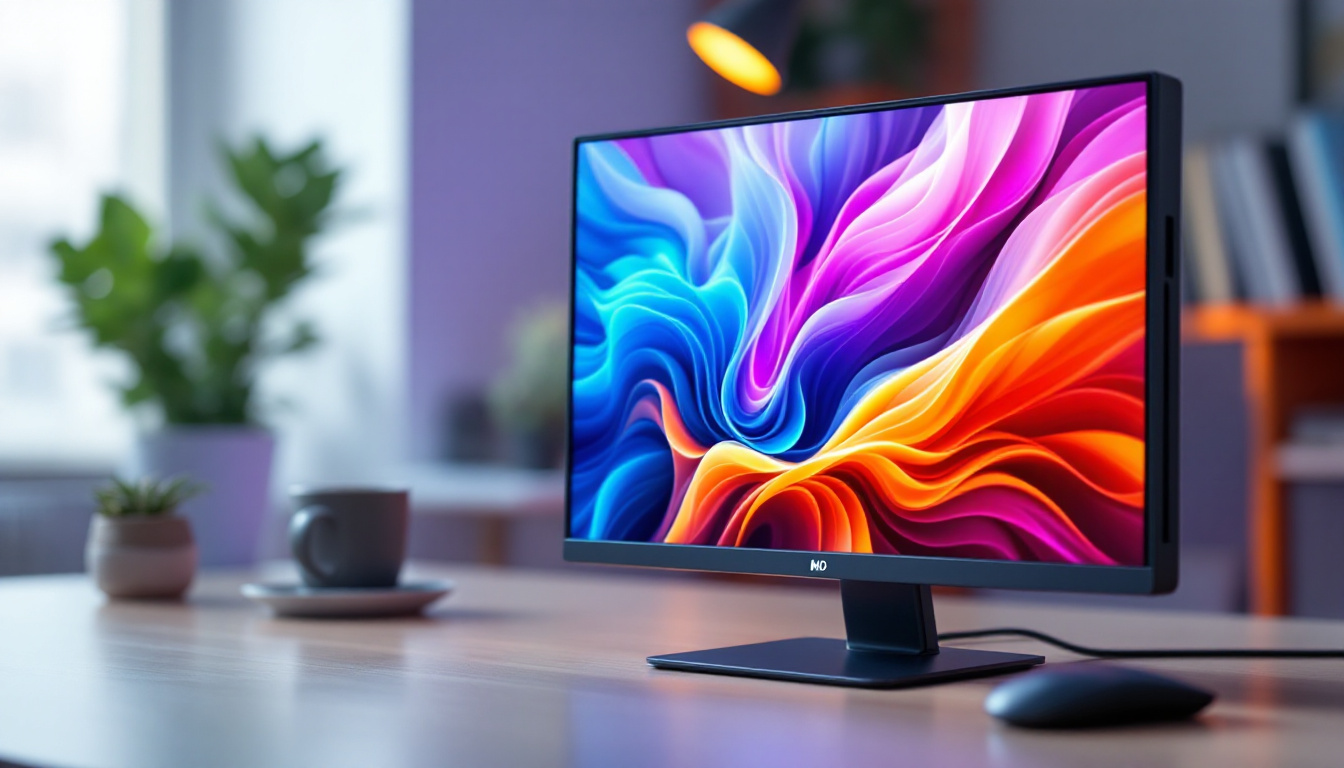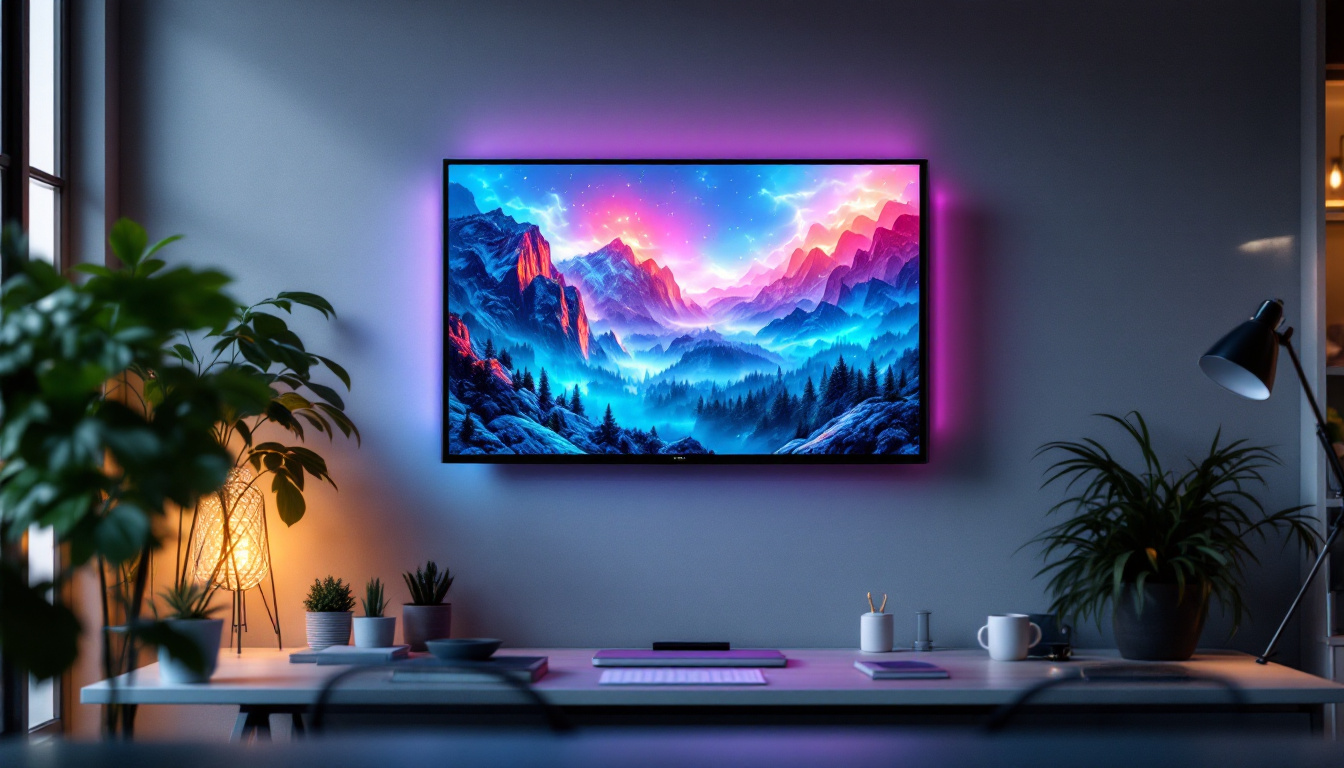In the ever-evolving landscape of advertising, LED displays have emerged as a powerful tool for businesses looking to capture attention. These dynamic billboards offer a modern twist on traditional advertising, allowing for vibrant visuals and real-time content updates. This article delves into the intricacies of LED displays, exploring their benefits, technology, and the future of digital advertising.
Understanding LED Displays
LED, or Light Emitting Diode, displays have revolutionized the way advertisements are presented. Unlike conventional billboards that rely on static images, LED displays can showcase animated graphics, videos, and even live feeds. This capability not only enhances visibility but also engages potential customers more effectively. The dynamic nature of LED displays allows brands to tell a story or convey a message in a more compelling manner, capturing the attention of passersby and creating a lasting impression.
How LED Displays Work
At the core of LED technology is the semiconductor that emits light when an electric current passes through it. LED displays are composed of numerous small diodes arranged in a grid. Each diode can be individually controlled, allowing for a wide range of colors and brightness levels. This technology results in high-resolution images that can be viewed from various distances and angles. The precise control over each diode not only enhances color accuracy but also enables intricate designs that can be updated in real-time, making them ideal for time-sensitive promotions or announcements.
The modular nature of LED displays means they can be scaled to fit different sizes and formats, making them suitable for everything from small storefronts to large outdoor billboards. This adaptability is one of the reasons why LED displays have gained popularity in urban advertising. Furthermore, the lightweight design of these displays allows for easier installation and relocation, providing businesses with the flexibility to change their advertising strategies as needed without significant logistical challenges.
Benefits of LED Displays
The advantages of using LED displays for advertising are manifold. Firstly, their brightness and clarity ensure that advertisements stand out, even in direct sunlight. This visibility is crucial in crowded urban environments where competition for attention is fierce. The vibrant colors and sharp images produced by LED technology can evoke emotions and drive consumer behavior, making them a powerful tool for marketers aiming to enhance brand awareness.
Moreover, LED displays are energy-efficient compared to traditional lighting methods. They consume less power while providing superior brightness, which translates to lower operational costs for businesses. Additionally, the longevity of LED technology means that maintenance and replacement costs are minimized. With lifespans often exceeding 50,000 hours, businesses can enjoy extended periods of use without the frequent need for replacements. This durability not only contributes to cost savings but also aligns with sustainability efforts, as fewer resources are consumed over time in the production and disposal of advertising materials.
The Versatility of LED Billboards
One of the standout features of LED billboards is their versatility. They can be used for a variety of purposes beyond traditional advertising. From public service announcements to event promotions, the applications are virtually limitless. This adaptability makes them an invaluable tool for businesses and organizations looking to communicate effectively with their audience in a fast-paced world where attention spans are fleeting.
Dynamic Content and Real-Time Updates
Unlike static billboards that require manual changes, LED displays can be updated instantly. This capability allows businesses to tailor their messages based on time, location, and audience demographics. For example, a restaurant can display lunch specials during the day and switch to dinner promotions in the evening. This dynamic nature not only maximizes advertising efficiency but also ensures that the content remains relevant and engaging to viewers at any given moment.
Furthermore, LED displays can integrate with social media feeds, enabling businesses to showcase user-generated content or live updates. This interactivity not only engages viewers but also fosters a sense of community around the brand. By displaying real-time tweets or Instagram posts, companies can create a two-way dialogue with their audience, encouraging them to participate and share their experiences, which can amplify brand visibility and loyalty.
Event and Promotion Applications
LED displays are particularly effective during events and promotions. They can serve as focal points at concerts, festivals, and sporting events, drawing attention to sponsors and advertisements. The ability to display high-quality video content makes them ideal for live broadcasts and event highlights. This not only enhances the overall experience for attendees but also provides a platform for brands to reach a broader audience through visual storytelling.
Additionally, businesses can use LED billboards to create countdowns or teasers for upcoming events, generating buzz and anticipation among potential customers. The vibrant colors and eye-catching animations can captivate passersby, transforming a simple advertisement into an immersive experience. Moreover, the strategic placement of these displays in high-traffic areas ensures that they capture the attention of not just event-goers but also commuters and pedestrians, effectively expanding the reach of promotional campaigns. By leveraging the power of LED technology, brands can create memorable moments that resonate long after the event has ended.
Choosing the Right LED Billboard
When considering an LED billboard for sale, several factors must be taken into account to ensure that the investment aligns with business goals. Understanding these factors can help businesses make informed decisions.
Size and Location
The size of the LED display is crucial, as it affects visibility and impact. Larger displays are typically more effective in high-traffic areas, while smaller displays may be suitable for less crowded locations. It’s also essential to consider the viewing distance; a display intended for close viewing should have a higher resolution than one viewed from afar.
Location plays a significant role in the effectiveness of an LED billboard. High-traffic areas, such as busy intersections or popular shopping districts, provide greater exposure and engagement opportunities. Conducting a thorough analysis of potential locations can help businesses maximize their advertising reach.
Resolution and Quality
Resolution is another critical aspect to consider. Higher resolution displays provide clearer images and better color accuracy, enhancing the overall viewing experience. It’s important to choose a resolution that aligns with the intended use of the billboard. For example, a display meant for close-up viewing should have a higher pixel density compared to one viewed from a distance.
Additionally, the quality of the LED components can vary significantly between manufacturers. Investing in high-quality components ensures durability and longevity, reducing the need for frequent repairs or replacements.
Installation and Maintenance
Once the right LED billboard has been selected, the next step involves installation and ongoing maintenance. Proper installation is crucial to ensure optimal performance and longevity of the display.
Installation Considerations
Installing an LED billboard involves several technical considerations, including structural support, electrical connections, and environmental factors. It’s essential to work with experienced professionals who understand the specific requirements of LED installations. This expertise can help prevent issues such as electrical failures or structural instability.
Furthermore, the location’s zoning regulations and permits must be taken into account. Compliance with local laws ensures that the billboard can be legally displayed and avoids potential fines or removal.
Maintenance Best Practices
Regular maintenance is key to keeping an LED display in optimal condition. This includes routine inspections, cleaning, and software updates. Dust and debris can accumulate on the display, affecting visibility and performance. Regular cleaning ensures that the display remains bright and clear.
Additionally, software updates can enhance functionality and security, ensuring that the display operates smoothly. Establishing a maintenance schedule can help businesses avoid unexpected downtime and costly repairs.
The Future of LED Advertising
As technology continues to advance, the future of LED advertising looks promising. Innovations in display technology, such as flexible and transparent LEDs, are on the horizon, offering even more creative possibilities for advertisers.
Emerging Trends in LED Technology
Emerging trends indicate a shift towards more interactive and immersive advertising experiences. Augmented reality (AR) and virtual reality (VR) are being integrated with LED displays, allowing for engaging experiences that captivate audiences. These technologies enable advertisers to create dynamic content that resonates with viewers on a deeper level.
Moreover, advancements in artificial intelligence (AI) are facilitating more personalized advertising. AI algorithms can analyze viewer data to tailor content based on demographics and preferences, enhancing the relevance of advertisements.
Environmental Considerations
As businesses become more conscious of their environmental impact, the sustainability of LED displays is gaining attention. Many manufacturers are focusing on creating energy-efficient products that minimize carbon footprints. Additionally, recycling programs for outdated displays are becoming more common, promoting a circular economy in the advertising industry.
These environmental considerations not only appeal to eco-conscious consumers but also align with corporate social responsibility initiatives, enhancing brand reputation.
Conclusion
LED displays have transformed the advertising landscape, offering businesses a dynamic and engaging way to connect with their audience. Their versatility, energy efficiency, and ability to deliver real-time content make them an invaluable asset for modern advertising strategies. As technology continues to evolve, the potential for LED displays will only expand, paving the way for innovative advertising solutions.
For businesses considering an LED billboard for sale, understanding the intricacies of this technology is essential. By evaluating factors such as size, resolution, and installation, companies can make informed decisions that align with their marketing goals. With the right approach, LED displays can significantly enhance brand visibility and engagement, ultimately driving business success.
Illuminate Your Brand with LumenMatrix
Ready to elevate your advertising strategy with the dynamic power of LED displays? Discover how LumenMatrix’s innovative LED display solutions can transform your brand’s visibility and audience engagement. From Indoor and Outdoor LED Wall Displays to specialized options like Vehicle, Sports, and Floor LED Displays, LumenMatrix offers a wide array of cutting-edge products tailored to your unique needs. Embrace the future of visual communication with our Custom, All-in-One, and Transparent LED Displays. Check out LumenMatrix LED Display Solutions today and start creating unforgettable visual experiences.



